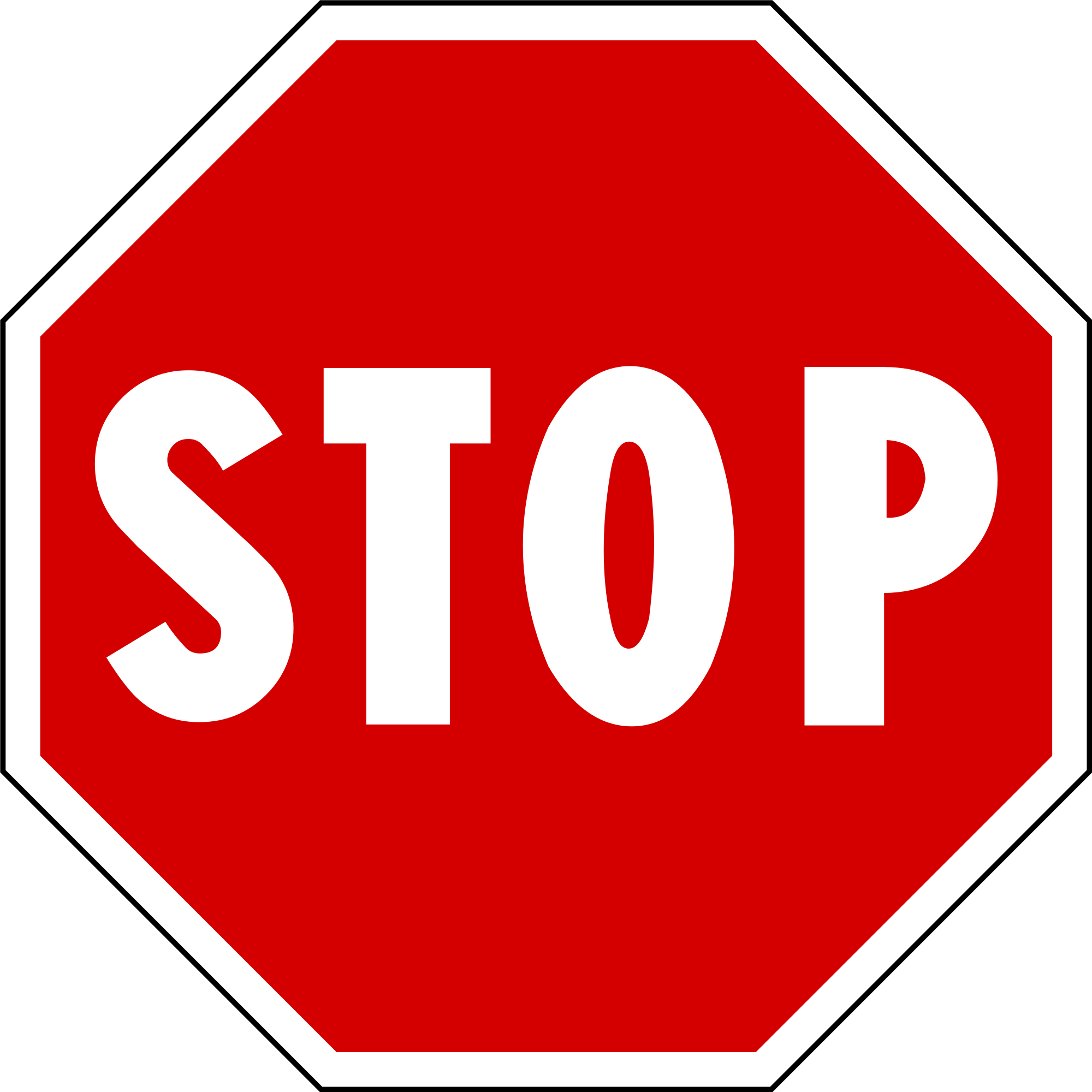January 2018 Blog: The Real Cost of Supplying Generics
A generic medicine is the equivalent of a branded drug. They have the same dosage, intended use, effects and side effects. The route of administration is the same as are the risks, safety, strength and pharmacological properties. Some variation is allowed for colour, taste, shape, and excipients, but these are only minor differences and the major variance is packaging, reflecting the manufacturer’s style.
So what? Well, financial pressures associated with these generic drugs are draining community pharmacies of underlying cash reserves. In conjunction with funding cuts, this is leaving many community pharmacies close to breaking point in terms of cash flow. We are facing a very real danger of Community Pharmacy closures which would be a catastrophe not just for the Pharmacies, but for the patients they serve.
Historically, the average cost of generic drugs in the UK have been the lowest in the world by a significant margin, saving billions of pounds. The only other country with prices approaching ours is New Zealand where they have a heavily restricted prescription market supported by central procurement. The most expensive market is in the USA.
So, what’s made a difference in the UK? The short answer is: “effective procurement.” The Government closely monitors procurement activities and, by agreement with community pharmacy, collects substantial sums in generic drug rebates. Since 2005 these rebates have totalled £11-14bn (depending on who’s figures are used). This is in the context of the entire annual NHS primary care drugs bill of around £9bn.
However, sterling weakness on global currency markets, and closure of some drug production facilities by the Medicines and Healthcare products Regulatory Agency (MHRA) has meant availability of some generic drugs have been dramatically reduced. Consequently, there are acute shortages of around 100 different generic drugs. This has fuelled some eye wateringly large cost increases, which must be paid initially by Community Pharmacies, then via drug cost reimbursement mechanisms, and ultimately by the NHS.
Unfortunately, it’s probably only going to get worse as the issue is complex, multifaceted, and has clearly been exacerbated by the impact on Community Pharmacies’ funding cuts imposed by the Department of Health. These cuts imposed by The Department of Health on 1st December 2016 reduced overall funding to Community Pharmacies by around 12% in actual real terms.
So, why should cash flow and depleted cash reserves matter? Well, pharmacies must physically buy drugs (otherwise known as procurement), from their own cash resources to supply dispensed medicines to patients on the NHS. It then takes Community Pharmacies up to 90 days to receive full and accurate payment from the NHS under the drug cost reimbursement mechanisms for the drugs supplied. This should be contrasted with the payment terms demanded by the drug wholesalers that supply Community Pharmacies, which require full payment for all supplies made to Community Pharmacies within 60 days.
Community Pharmacy teams’ absolute priority is always to ensure continuity of supply to their NHS patients, irrespective of the actual price paid to the wholesaler for individual drugs. However, it must be recognised that, because of the funding cuts imposed by the NHS, the overall combined cost to Community Pharmacies of providing the NHS dispensing service, and the cost of the drugs supplied isn’t being fully met by NHS reimbursements for the service and cost of the drugs dispensed to patients. This means that after the costs of delivering the NHS dispensing service (e.g. staff and premises costs) are taken into consideration many drugs are now being supplied at a significant actual real cash loss by Community Pharmacies.
There is limited supply of some generics and the choice of what is purchased will be influenced by availability of stock, the price at which this stock can be purchased, and the demand for the product. This has resulted in Community Pharmacy teams spending many hours of extra time every day attempting to source drugs for their patients, to maintain continuity of supply, but in the face of a drastic reduction in funding which has in turn stretched staff resources to breaking point.
This situation is clearly unsustainable given the cash resources depletion driven by the funding cuts and has left many pharmacies struggling to obtain some products for all patients. At the same time, they must attempt to protect their overall viability and in doing so the integrity of services they provide to their local communities.
Therefore, it is simply not always possible to supply a patient with their ‘regular’ brand of generic, because there may be none to be had anywhere or, it could be prohibitively expensive when compared with what the price the NHS will pay for it.
But, it’s not all about money. Theoretically, patients shouldn’t notice any difference when they are given a different generic. Some patients don’t mind having different generics dispensed to them on an almost monthly basis. However, for others it can be a real problem if they aren’t happy with the situation. They may have taken the same generic medicine for years. Changes in the market have adversely affected continuity of supply and constant changes of generic manufacturer could affect confidence in the medication leading to poor compliance and ultimately rising treatment costs and even increased morbidity.
Are we seeing the end of ‘cheap’ generics? It’s going to be increasingly difficult to repeat the historical savings of the last ten years or so. What is certain however is the ability of Community Pharmacies to continue to effectively drive prices down for taxpayers is going to be extremely difficult. In this context the Government funding cuts to Community Pharmacies look perverse and misguided. They may come to realise this as the NHS drug bill climbs and they realise, probably too late, that they have effectively killed the goose that has laid them billions of pounds worth of golden eggs


